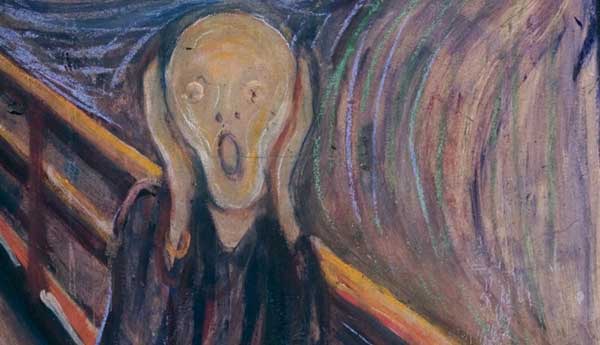natostratcon.info – Norway, a country known for its stunning natural landscapes, is also home to a vibrant cultural scene where art and literature thrive. From the evocative works of Edvard Munch to the timeless tales of Henrik Ibsen, Norway has made significant contributions to the world of creative expression. In this article, we explore the rich tapestry of Norwegian art and literature, highlighting the influences, themes, and prominent figures that have shaped its cultural heritage.
Norwegian Art: From Romanticism to Modernism
Norwegian art has a long and varied history, evolving from the Romanticism of the 19th century to the modernism of the 20th and 21st centuries. The Romantic period was marked by a deep appreciation for the natural beauty of Norway, with artists like Johan Christian Dahl capturing the majestic landscapes of fjords, mountains, and forests.
One of the most iconic figures in Norwegian art is Edvard Munch, whose work “The Scream” has become a symbol of existential angst and modernist expression. Munch’s use of color and form revolutionized the art world, and his influence extends far beyond Norway’s borders.
In contemporary times, Norwegian artists continue to push boundaries and explore new mediums. The country’s art scene is dynamic and diverse, with galleries and museums showcasing everything from traditional paintings to innovative installations. Notable institutions like the National Museum in Oslo and the Munch Museum celebrate both historical and contemporary Norwegian art.
Norwegian Literature: From Folklore to Nobel Laureates
Norwegian literature has deep roots in folklore and mythology, with stories passed down through generations. These tales of trolls, elves, and Norse gods have shaped the cultural identity of Norway and continue to inspire writers today.
The 19th century saw the rise of Norway’s literary golden age, with playwright Henrik Ibsen leading the charge. Known as the “father of modern drama,” Ibsen’s plays, such as “A Doll’s House” and “Hedda Gabler,” explore themes of individualism, morality, and societal norms, challenging audiences worldwide.
In more recent years, Norwegian authors have gained international recognition. Sigrid Undset, awarded the Nobel Prize in Literature in 1928, is celebrated for her historical novels, while contemporary writers like Karl Ove Knausgård have captivated readers with introspective narratives that delve into the complexities of modern life.
Cultural Festivals: Celebrating Norway’s Creative Spirit
Norway’s art and literature are celebrated through a variety of cultural festivals that bring together creators and enthusiasts from around the world. The Bergen International Festival, for example, is a major event that showcases performances, readings, and exhibitions, highlighting Norway’s cultural diversity.
The Norwegian Festival of Literature in Lillehammer is another significant event, where writers, poets, and readers gather to explore the power of words. These festivals offer a platform for both established and emerging voices, fostering a sense of community and inspiration.
Conclusion: A Legacy of Creative Expression
Art and literature in Norway are testaments to the country’s rich cultural heritage and its ongoing commitment to creative expression. From the evocative landscapes captured by painters to the profound narratives crafted by authors, Norway continues to inspire and influence the global cultural landscape. As Norwegian artists and writers explore new themes and mediums, they carry forward a legacy of creativity that honors the past while embracing the future.
